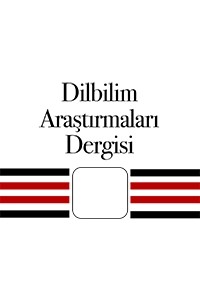
Dilbilim Araştırmaları Dergisi
Yazarlar: Sümeyra ÖZKAN, Mehmet AYGÜNEŞ, Merve DİKMEN
Konular:Sosyal
DOI:10.18492/dad.725338
Anahtar Kelimeler:Conceptual metaphors,Processing of metaphors,Second language acquisition,Self-paced reading
Özet: This study aims to see whether any difference between native language speakers (L1) and second language speakers (L2) exists in terms of the processing of expressions containing different levels of figurative meaning (literal, conventional metaphors, novel metaphors and semantically anomalous) and metaphor types that reflect different cognitive functions (orientational metaphors, ontological metaphors and structural metaphors). To this end, self-paced reading was used in the study. It was observed that the processing of novel metaphors and anomalous expressions, as they contain figurative meaning, took longer than literal expressions and conventional metaphors. It was found that the processing pattern was the same in both L1 and L2 groups. These findings support the view suggesting that the figurative expressions and literal expressions are interpreted in parallel / in equal time (Glucksberg, 2003; McElree and Nordlie, 1999), and oppose the one that metaphors which are perceived as conventional by L1 speakers, can be perceived as novel metaphors by the L2 group (Mashal et al. 2015; Türker, 2016). In terms of metaphor types, while there was no difference in the processing of metaphors of different types in the L1 group, it was observed that the orientational metaphors in the L2 group took longer to process than ontological metaphors and structural metaphors. It is thought that orientational metaphors will cause an additional cognitive load in L2 group because of the possible reasons such as a) orientational metaphors’ providing less conceptual structure for target concept, b) L2 group’s differences in their L1 and L2 in terms of manner features c) the differences in the use of visual imagery in L1 and L2 to process the orientational metaphors.